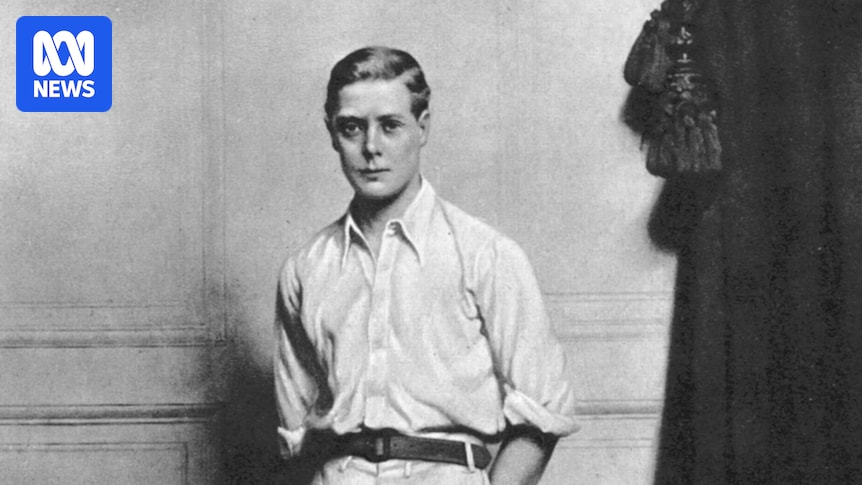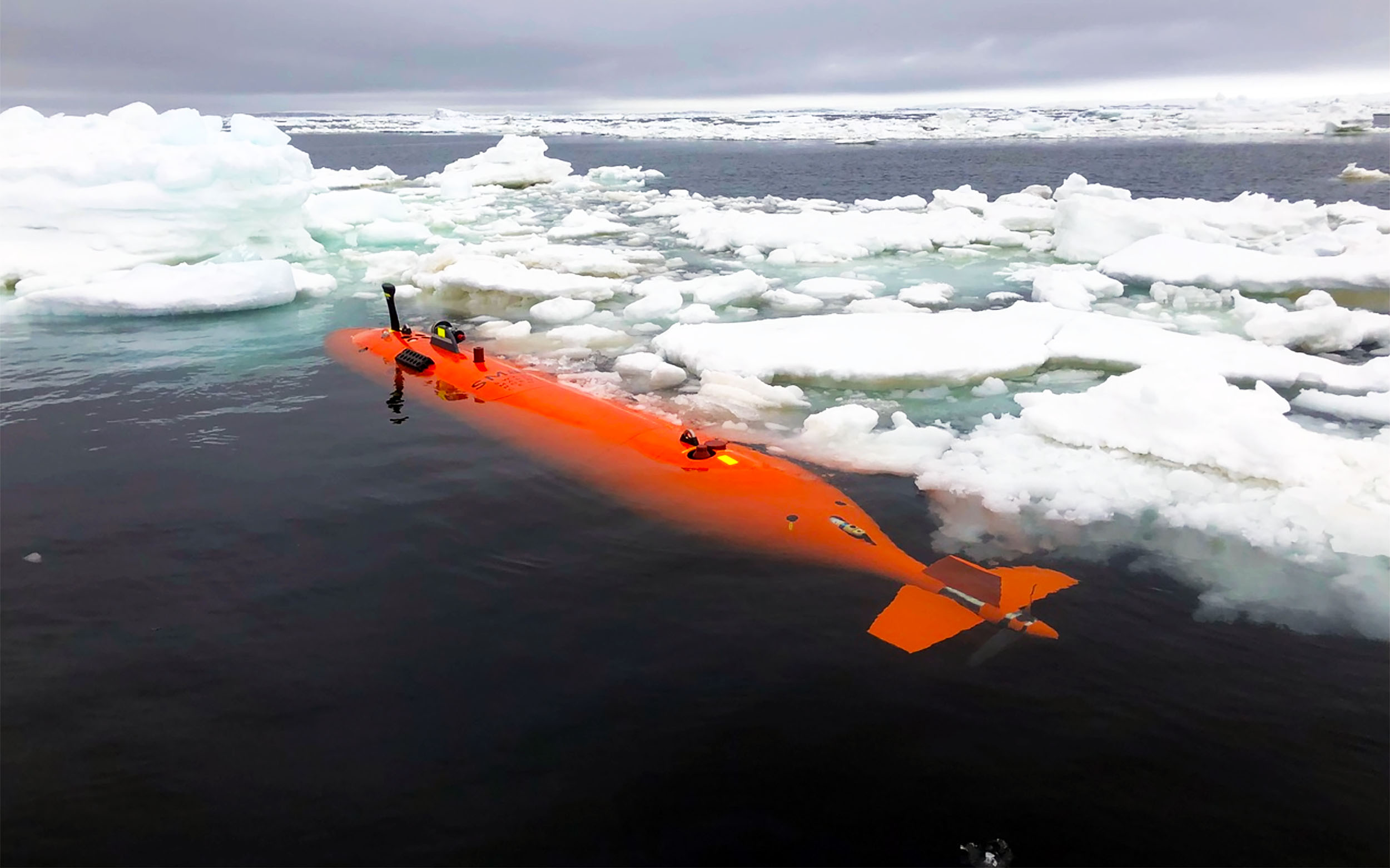Bottle drive fundraiser planned for Kwalikum Secondary School grad
Published 10:30 am Thursday, December 25, 2025

Published 10:30 am Thursday, December 25, 2025

It’s a spectacle, for sure, with 23 oversized cats prowling the stage, singing and dancing on a junk-strewn alleyway set. But spare a thought for the performers themselves.
“It’s tough,” says Berrisford. “There’s a lot of crawling on…

When Britain’s popular bachelor prince, Edward Prince of Wales, sailed into Port Melbourne on the royal yacht in May 1920, he was on a PR mission to reignite support for the royal family and strengthen ties between Australia and the monarchy…

The ham has been eaten, the presents have been unwrapped, the naps have been taken; it’s that blissful moment between Christmas and New Year’s Eve where time takes a back seat.
The soaring mercury has you craving the cool, dark sanctuary of the…

An unmanned submarine mapping West Antarctica’s Dotson Ice Shelf reported strange under-ice structures, then went silent ten miles beneath it.
The vehicle, called Ran, had spent weeks scanning an ice area roughly fifty square miles, revealing…